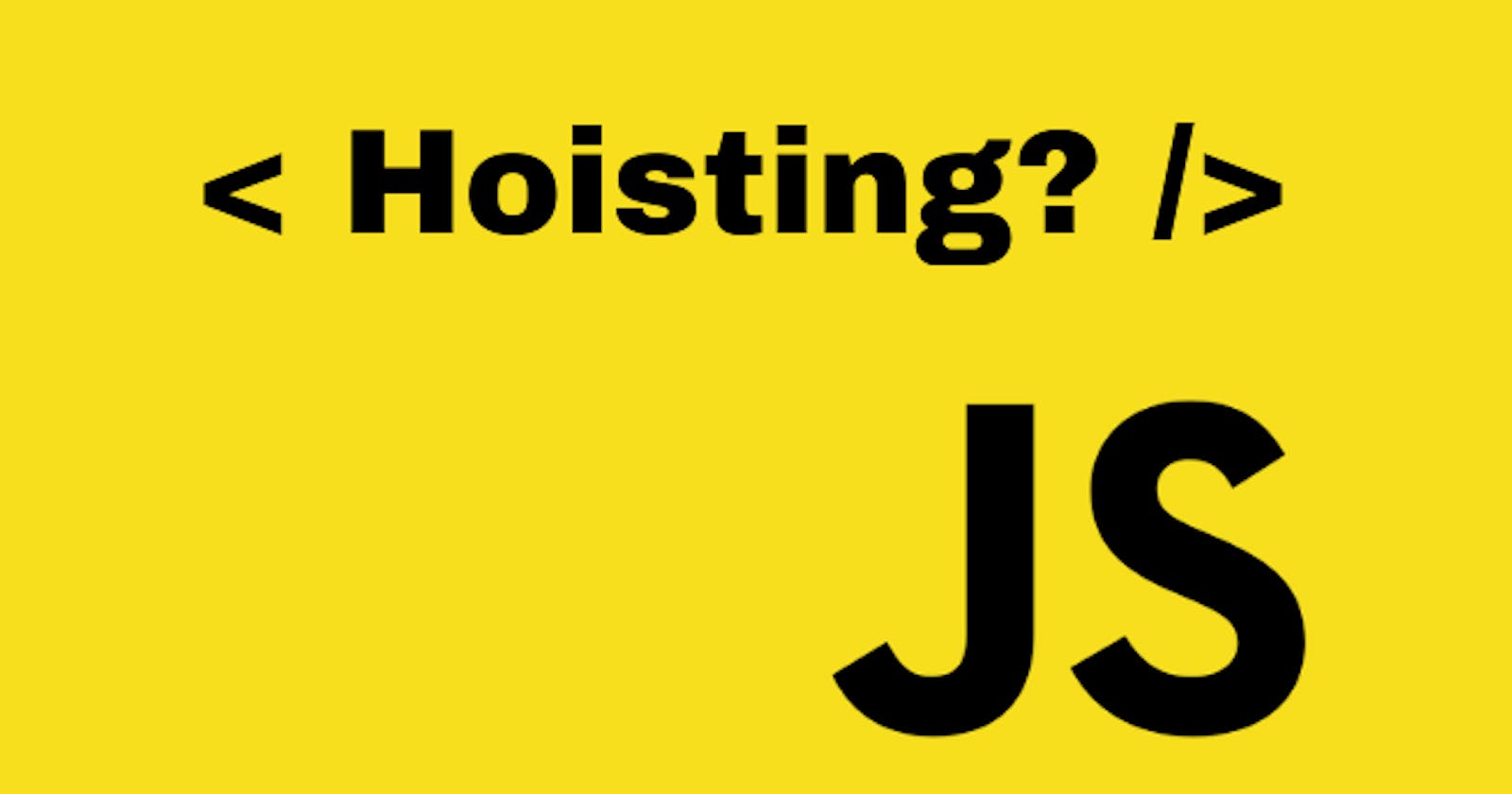Demystifying Hoisting in JavaScript: Understanding the Mechanism and Best Practices
Learn what hoisting is, how it works, and best practices for working with hoisted variables and functions to write more reliable and maintainable code
Hoisting is a fundamental concept in JavaScript that can sometimes lead to unexpected results if not understood properly. In this blog, we will explore what hoisting is, how it works, and some best practices for working with hoisted variables and functions.
What is hoisting? Hoisting is a JavaScript mechanism that allows variables and functions to be used before they are declared. In other words, when the JavaScript engine compiles code, it moves all variable and function declarations to the top of their respective scopes, regardless of where they are actually declared in the code.
How does hoisting work? When the JavaScript engine encounters a variable or function declaration, it assigns a memory space for it in the current scope, but does not assign a value to it until it reaches the actual declaration. This means that a variable or function can be used before it is declared, as long as it is declared somewhere in the same scope.
Hoisting in practice Consider the following example:
javascriptCopy codeconsole.log(x);
var x = 10;
Even though the variable x is declared after it is used in the console.log statement, the output will not be an error but undefined. This is because the variable declaration is hoisted to the top of the scope, but the value is not assigned until the declaration.
Similarly, consider the following example:
scssCopy codefoo();
function foo() {
console.log("Hello, world!");
}
Even though the function foo is declared after it is called, the output will be "Hello, world!" because function declarations are also hoisted to the top of the scope.
- Best practices for working with hoisting To avoid confusion and unexpected results when working with hoisted variables and functions, it is best practice to:
Declare all variables and functions at the beginning of the scope, to make it clear what is being hoisted.
Avoid relying on hoisting, and instead declare variables and functions in the order that they will be used.
Use
letandconstinstead ofvarfor variable declarations, as they have block scope and do not suffer from hoisting issues.
In conclusion, hoisting is a fundamental concept in JavaScript that can sometimes lead to unexpected results if not understood properly. By understanding how hoisting works and following best practices for working with hoisted variables and functions, you can avoid common pitfalls and write more reliable and maintainable code.

